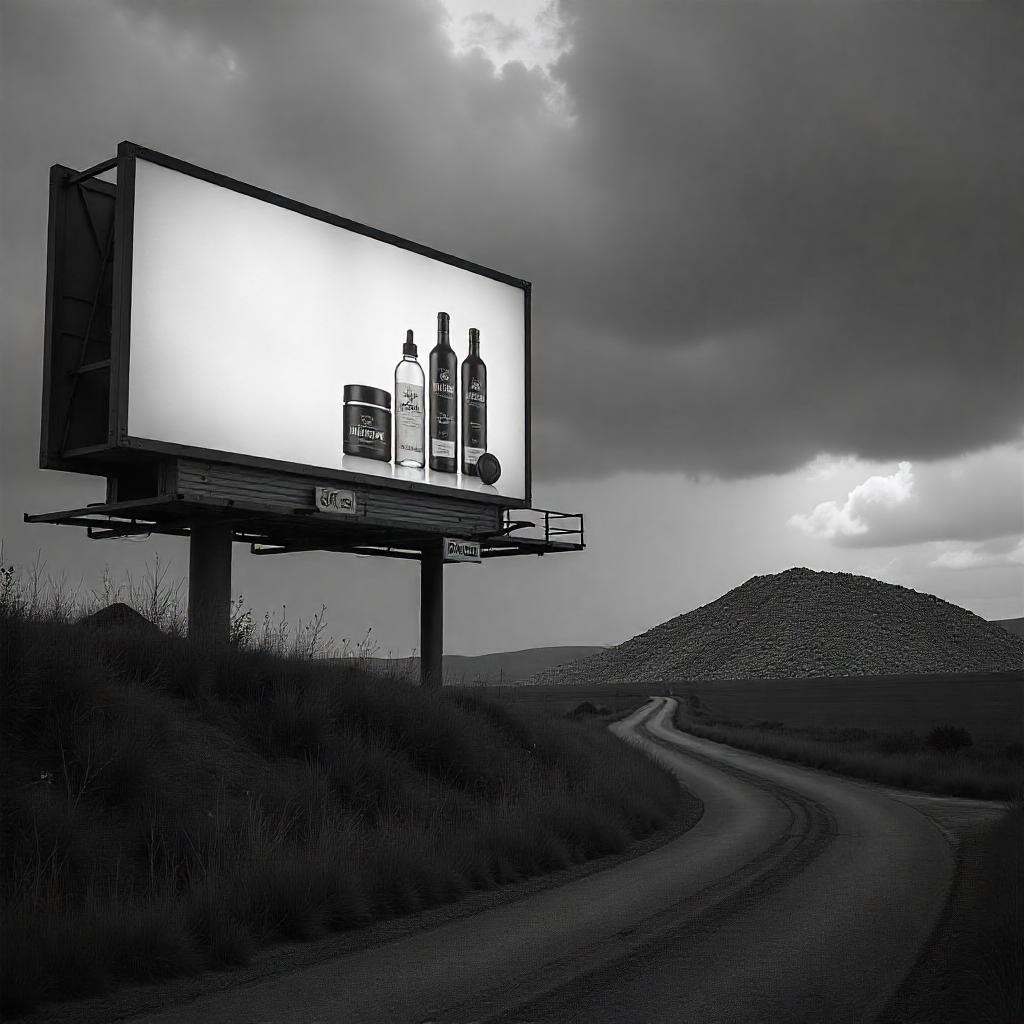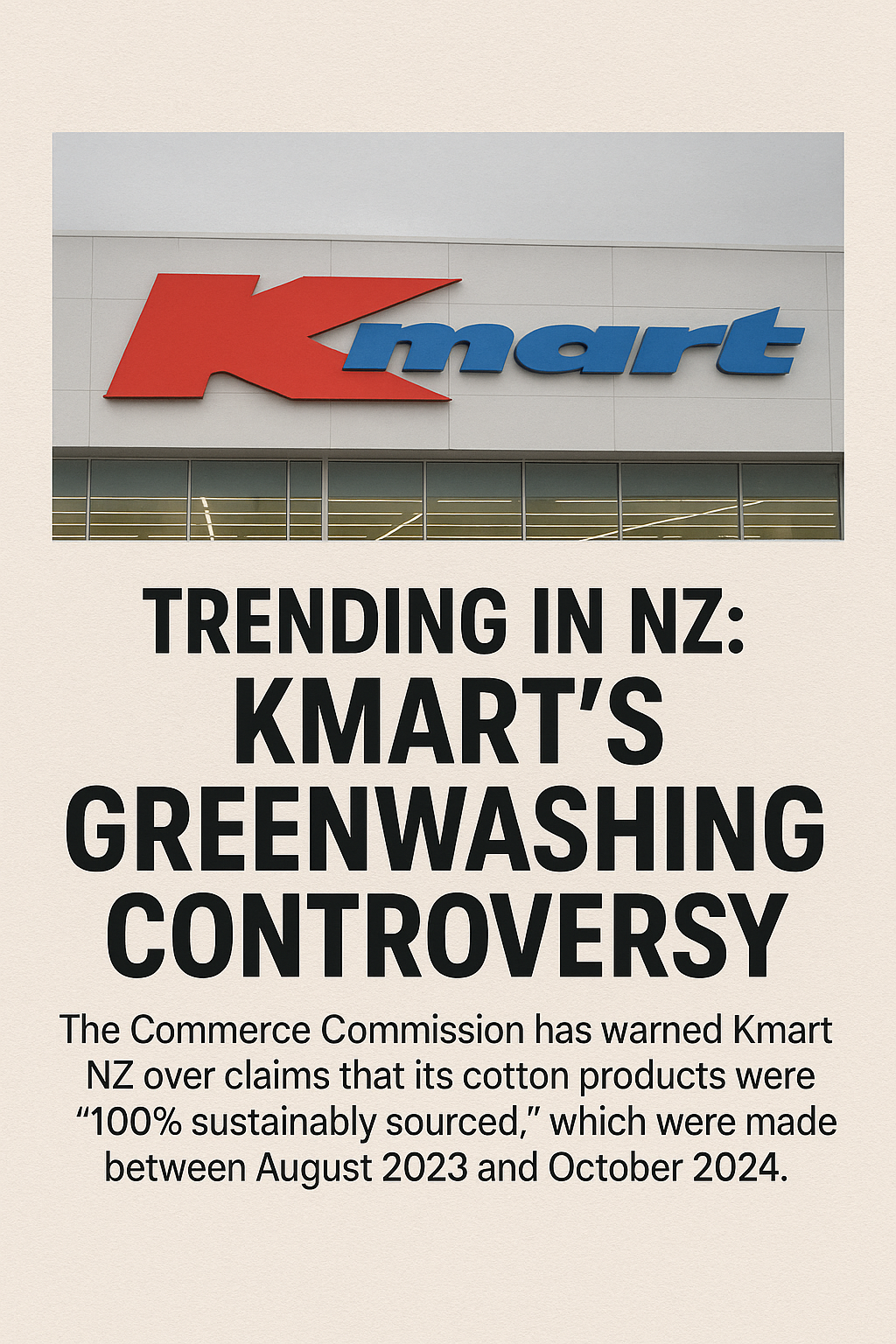In today’s world, where environmental awareness is growing rapidly, many companies are keen to showcase their “green” credentials. Eco-friendly packaging, sustainable sourcing, carbon offsetting – these terms are now common marketing buzzwords. But not all that glitters is green. Welcome to the deceptive world of greenwashing.

What Is Greenwashing?
Greenwashing is a marketing tactic where a company falsely claims or exaggerates its environmental efforts to appear more eco-friendly than it really is. This could involve misleading advertising, vague sustainability claims, or symbolic gestures that distract from environmentally harmful practices.
The term is a combination of “green” (symbolizing the environment) and “whitewashing” (to cover up wrongdoing). It was coined in the 1980s by environmentalist Jay Westerveld, who criticized hotels for urging guests to reuse towels – under the guise of saving the environment – while doing little else to reduce waste.
How Greenwashing Works
Companies engage in greenwashing in various ways. Common tactics include:
- Vague or Unverifiable Claims
Phrases like “eco-friendly,” “all-natural,” or “green” with no certification or evidence. - Hidden Trade-Offs
Highlighting one sustainable aspect (like recycled packaging) while ignoring harmful ones (like pollution-heavy manufacturing). - Irrelevant Labels
Promoting features that are technically true but not meaningful (e.g., “CFC-free” when CFCs are already banned by law). - Lack of Transparency
Making bold sustainability statements without disclosing methods, goals, or measurable results. - False Certifications or Misleading Logos
Using fake eco-labels or mimicking the appearance of official certifications.
Why Is Greenwashing a Problem?
Greenwashing undermines genuine sustainability efforts and misleads well-meaning consumers. It can:
- Erode trust in truly eco-conscious brands
- Delay real environmental action
- Exploit consumer goodwill for profit
- Misinform public understanding of sustainability
Worst of all, it gives the illusion of progress while harmful environmental practices continue behind the scenes.
Examples of Greenwashing
1. Fast Fashion Brands
Many fast fashion companies promote “conscious collections” or “sustainable fabrics” while continuing to rely on cheap labor and mass production – both environmentally and ethically problematic.
2. Oil & Gas Corporations
Some fossil fuel companies fund small renewable energy projects while continuing to invest billions in oil exploration, giving a skewed impression of their priorities.
3. Plastic Bottled Water with Green Labels
Brands use earthy colors and buzzwords like “pure” or “natural” while selling single-use plastic bottles, which contribute massively to pollution.
How to Spot Greenwashing
Educated consumers are the best defense against greenwashing. Here’s what to look for:
| Red Flag | What It Means |
|---|---|
| No Proof | Claims without data, certifications, or credible sourcing |
| Fluffy Language | Words like “eco,” “green,” “earth-friendly” without specifics |
| Hidden Information | Omitting overall impact while focusing on one “green” feature |
| Misleading Imagery | Nature-themed packaging or logos that imply sustainability |
| Irrelevant Certifications | Third-party labels that have no real environmental standards |
Tip: Check if the brand provides clear, measurable sustainability goals and transparent progress updates.
How to Avoid Supporting Greenwashing
You don’t need to be an expert to make more conscious choices. Here’s how to stay sharp:
- Look for Legit Certifications
Trust marks like Fair Trade, Certified B Corp, USDA Organic, Energy Star, or Ecolabel have stricter guidelines. - Research the Company
Visit their sustainability page. Are they vague or do they offer transparent reporting? - Support Local & Independent Brands
Smaller, mission-driven brands often have genuine commitments and less marketing spin. - Buy Less, Choose Well
Sometimes the greenest option is simply consuming less.
Frequently Asked Questions
Q1: Is greenwashing illegal?
Not always. While some forms of deceptive advertising may violate consumer protection laws, many greenwashing practices fall into legal grey areas. Regulatory bodies like the FTC (Federal Trade Commission) have guidelines, but enforcement varies by region.
Q2: What industries are most known for greenwashing?
- Fashion
- Food & Beverage
- Energy
- Automotive
- Consumer Goods (e.g. cleaning products)
These industries often have complex supply chains or pollution footprints that they attempt to obscure through “green” marketing.
Q3: Can small businesses greenwash too?
Yes. While greenwashing is more common among big corporations, small brands can also exaggerate claims, sometimes unintentionally – without realizing the need for proof or clarity.
Q4: What is the difference between green marketing and greenwashing?
Green marketing is when a brand genuinely promotes its eco-friendly practices and products with integrity and transparency. Greenwashing, by contrast, is deceptive and insincere.
Greenwashing is more than just a marketing issue, it’s a barrier to real progress. As environmental concerns become mainstream, brands have a responsibility to back up their green claims with genuine action.
As consumers, we must look beyond the label, ask critical questions, and reward transparency over trendiness. Because the planet deserves more than good intentions – it needs truth.
Related Article
Brought to you by Eco TIGA – Your Friendly Guide to Eco-Friendly Living

